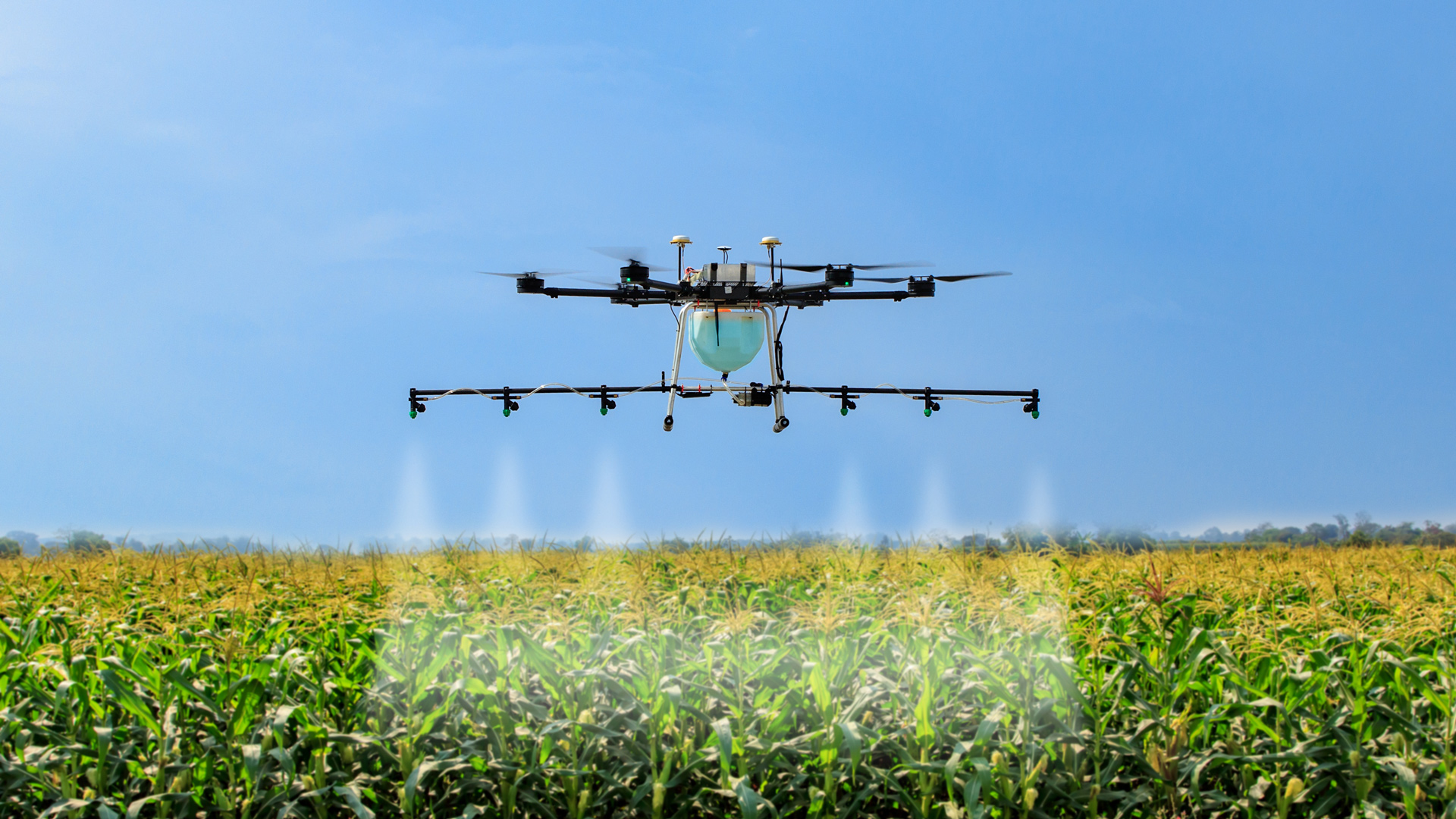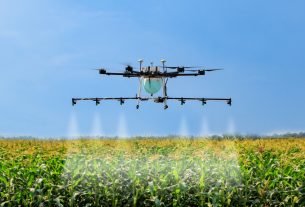One of the fields that has benefited the most from the appearance of unmanned aerial vehicles, better known as drones, has been agriculture. These devices are a powerful tool. The use of drones in agriculture improves the development of traditional activities in the area. Provides new tools for monitoring and control of soils. It also speeds up the collection of information on crops, among other uses that we will discover below.
Scientific research confirms the many possibilities of these innovations in the world of agriculture. While drones are incorporated into daily activities in agriculture, their impact on the sector is carefully studied. Until now, the applications of these equipment make them very attractive to facilitate field tasks and increase productivity.
For this reason, in many countries the presence of drones in agriculture is becoming common and even necessary. Below we explain the reasons for the interest that these devices arouse in farmers.
The technological advance of drones in precision agriculture
Faced with the immense challenge of producing more and more to meet the demand of a rapidly growing population, agriculture has been overwhelmed in many places. It not only faces this problem but many others of various kinds. Among the most prominent are the over exploitation of soils and the effects of climate change.
Faced with this reality, new technological tools have been implemented in crop management. From there, what is known as precision agriculture has emerged. A concept that allows producers to have cutting-edge tools to make more efficient and better-informed decisions in order to guarantee a more productive and profitable activity.
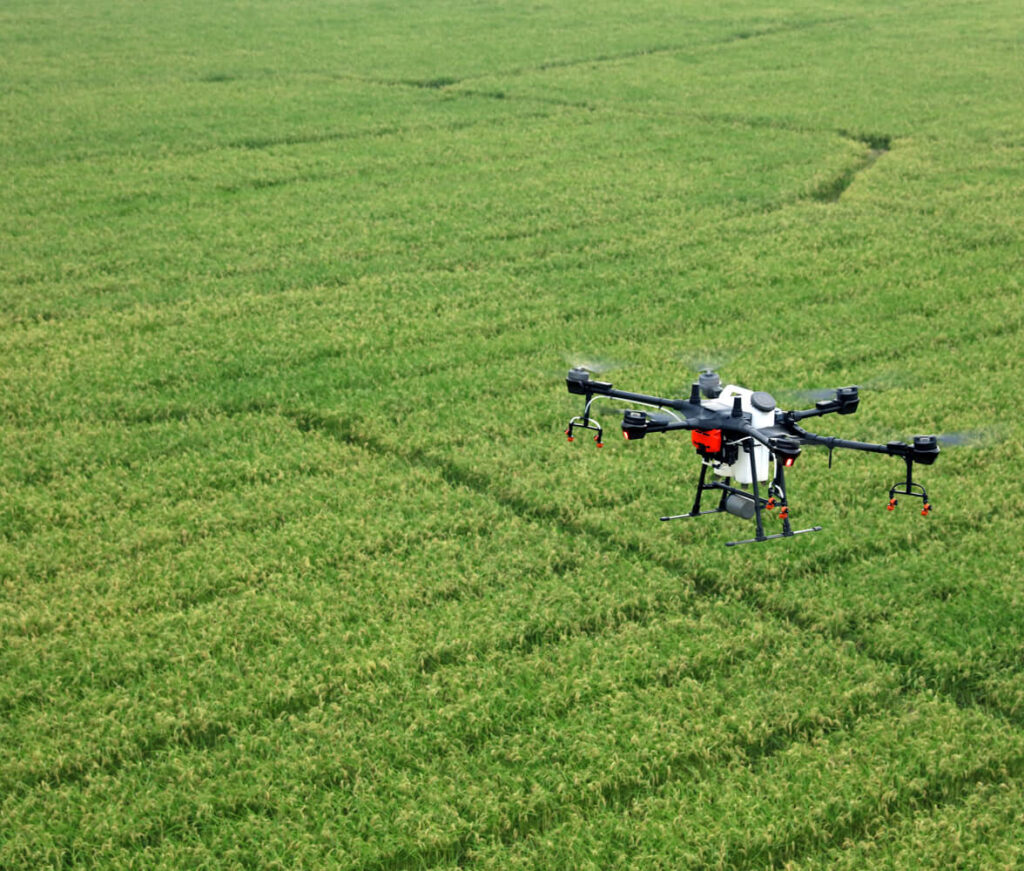
Although precision agriculture has been proposed for more than 20 years, it is the latest technological advances, such as drones, that have allowed the exponential development of this practice. It is an unquestionable fact that these air vehicles guarantee the optimal use of available resources. They represent a significant contribution to respond to the need to improve agricultural activity, saving costs and time.
How are drones used in agriculture?
These UAVs are remotely operated and can be commanded over long distances. They allow you to reach difficult terrain for human access and fly over vast amounts of hectares quickly to gather essential information.
The data obtained help to give effective and timely treatment to the crops. In the past, action without these vehicles would be very complex, risky, expensive or simply impossible.
The drones for agriculture are composed of elements such as high resolution cameras, infrared and thermal sensors and GPS. From these components, drones can capture high-quality images. They also make maps and send detailed information to satellites that transmit it in real time to the experts who control the equipment on the ground.
Applications of drones in agriculture
There are various types of drones for use in agriculture. Among the most recurring applications that we can get on these devices are:
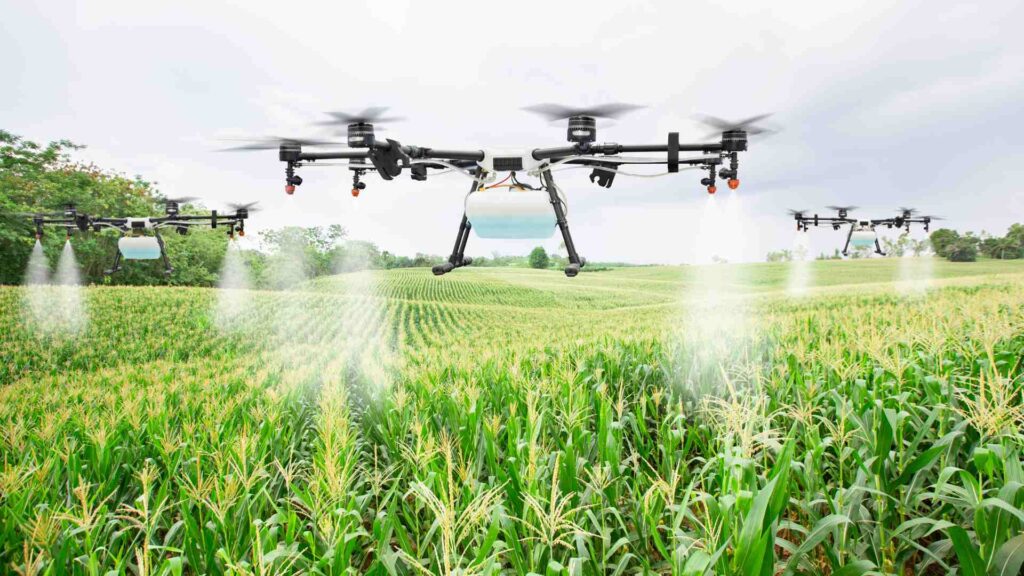
- Crop monitoring: Through the use of high definition cameras, sharp images are obtained that present in detail the status of crops. It even allows you to monitor hard-to-reach areas without having to travel to the site. Monitoring can be done manually or configure an autonomous mode from software designed for this purpose.
- Detection of water stress: Drones have the ability to warn the lack of irrigation from thermal sensors. They also indicate the water needs of the plants in question.
- Obtaining quality indicators: Forecasts of weather, temperature, growth rate, among other data necessary to optimize the development and yield of the harvest.
- Herbicide localized treatment: It consists of discriminating crops from weeds in the earliest stages of their growth. This is how herbicide treatments are applied locally.
- Detection of pests and diseases: They warn of any changes in plants, no matter how imperceptible to the human eye. This helps in early detection and implementation of measures in a timely manner.
- Plant counting: Generate a more efficient inventory with software that performs computerized counting of plants in a much shorter period of time than manual counting.
- Nutritional stress evaluation: Through the multispectral sensors used by these drones, the amount of nutrients needed by the crops is verified to determine the efficient application of fertilizers.
Use of drones in agriculture in Australia
The use of drones for the area of agriculture in Australia is in full expansion. These small devices are beginning to play a prominent role in the agricultural sector.
Compared to traditional methods of crop management, drones have great advantages that are being recognized not only by producers, agronomists and other experts, but also by the business and state world.
Currently, the Australian company like Skytech Solutions ranks first in the world in manufacturing drones for agricultural services. This shows the level of investment in the development of these teams in the country.
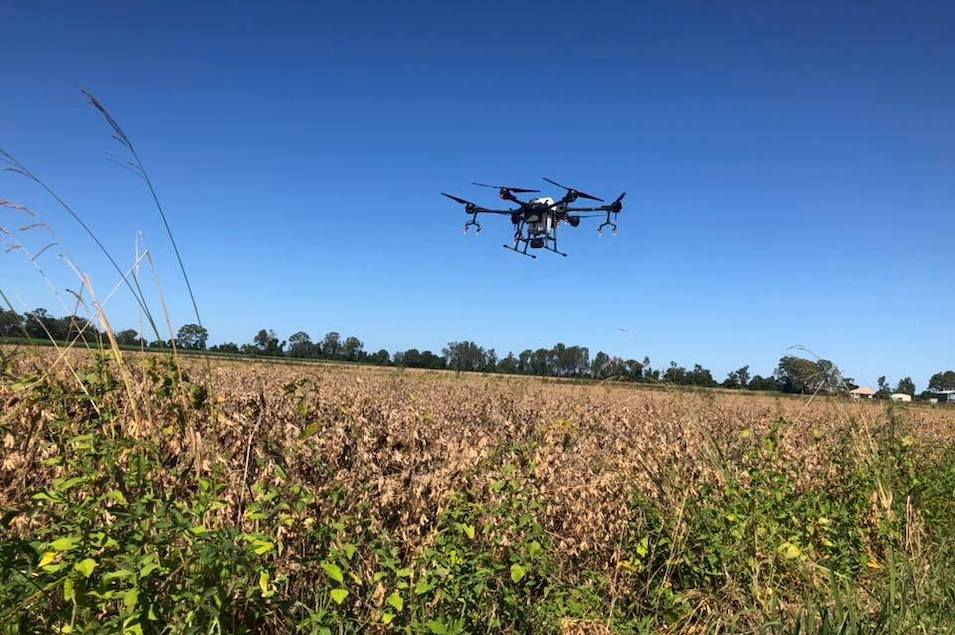
Many companies offer advice, rental and marketing of these unmanned aircraft for the benefit of producers. Likewise, there are associations and research centers whose central theme is the use of drones for agriculture.
Meanwhile, in the private sphere, one of the sectors that is most committed to drones to optimize their performance. Several vineyards already have the contribution of these instruments to monitor and increase their production. The results, which have already been published, highlight the saving of time in daily tasks and the improvement of the harvests.
Likewise, the use of drones in agriculture is expanding to other types of crops in the farm. Thus, its viability in the area of agriculture and its future projection due to the benefits it brings to productivity is demonstrated.
You may also want to read: What is agricultural drones?
